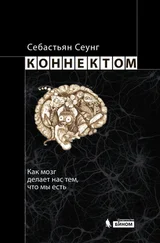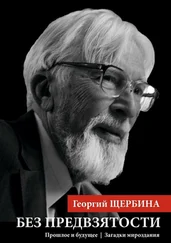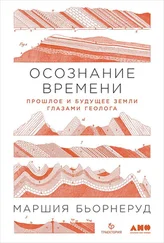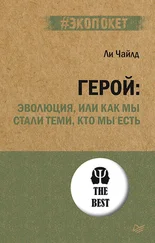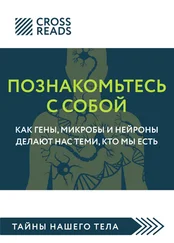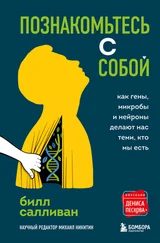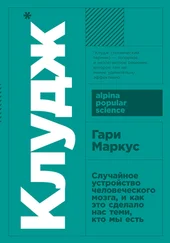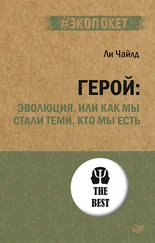Камю Альбер. Посторонний / пер. Н. Немчиновой // Камю Альбер. Сочинения. (М.: Прометей, 1989).
Matthew H. Bowker, «Meursault and Moral Freedom: The Stranger ’s Unique Challenge to an Enlightenment Ideal», в сб.: Albert Camus’s The Stranger: Critical Essays , ed. Peter Francev (Newcastle upon Tyne, UK: Cambridge Scholars, 2014).
A. Vrij, J. van der Steen, and L. Koppelaar, «Aggression of police officers as a function of temperature: An experiment with the fire arms training system», Journal of Community & Applied Social Psychology 4 (1994): 365–370.
S. M. Hsiang, M. Burke, and E. Miguel, «Quantifying the influence of climate on human conflict», «Science» 341 (2013): 123567.
E. G. Cohn and J. Rotton, «Assault as a function of time and temperature: A moderator-variable time-series analysis», «Journal of Personality and Social Psychology» 72 (1997): 1322–1334.
L. Taylor, S. L. Watkins, H. Marshall, B. J. Dascombe, and J. Foster, «The impact of different environmental conditions on cognitive function: A focused review», «Frontiers in Physiology» 6 (2015): 372.
G. Greenberg, «The effects of ambient temperature and population density on aggression in two inbred strains of mice, Mus musculus », «Behaviour» 42 (1972): 119–130.
Caroline Overy and E. M. Tansey, eds., «The Recent History of Seasonal Affective Disorder (SAD): The Transcript of a Witness Seminar» , Wellcome Witnesses to Contemporary Medicine, vol. 51 (London: Queen Mary, University of London, 2014).
N. E. Rosenthal et al., «Seasonal affective disorder: A description of the syndrome and preliminary findings with light therapy», «Archives of General Psychiatry» 41 (1984): 72–80; A. Magnusson, «An overview of epidemiological studies on seasonal affective disorder», «Acta Psychiatrica Scandinavica» 101 (2000): 176–184; K. A. Roecklein and K. J. Rohan, «Seasonal affective disorder: An overview and update», «Psychiatry» 2 (2005): 20–26.
G. Pail et al., «Bright-light therapy in the treatment of mood disorders», «Neuropsychobiology» 64 (2011): 152–162.
Roecklein and Rohan, «Seasonal affective disorder.»
Кандинский В… О духовном в искусстве / пер. Н. Маньковской. (М.: Рипол Классик, 2016).
Michael York, «The A to Z of New Age Movements» (Lanham, MD: Scarecrow, 2009).
A. J. Pleasonton, «The Influence of the Blue Ray of the Sunlight and of the Blue Colour of the Sky; in Developing Animal and Vegetable Life, in Arresting Disease and in Restoring Health in Acute and Chronic Disorders to Human and Domestic Animals». (Philadelphia: Claxton, Remsen & Haffelfinger, 1876).
Adam Alter, «Drunk Tank Pink: And Other Unexpected Forces That Shape How We Think, Feel, and Behave» (New York: Penguin, 2014).
A. G. Schauss, «Tranquilizing effect of color reduces aggressive behavior and potential violence», «Orthomolecular Psychiatry» 8 (1979): 218–221.
J. E. Gilliam and D. Unruh, «The effects of Baker – Miller pink on biological, physical and cognitive behaviour», «Journal of Orthomolecular Medicine» 3 (1988): 202–206.
P. Valdez and A. Mehrabian, «Effects of color on emotions», «Journal of Experimental Psychology: General» 123 (1994): 394–409.
A. J. Elliot, M. A. Maier, A. C. Moller, R. Friedman, and J. Meinhardt, «Color and psychological functioning: The effect of red on performance attainment», «Journal of Experimental Psychology: General» 136 (2007): 154–168.
R. Mehta and R. J. Zhu, «Blue or red? Exploring the effect of color on cognitive task performances», «Science» 323 (2009): 1226–1229.
P. Salamé and A. D. Baddeley, «Disruption of short-term memory by unattended speech: Implications for the structure of working memory», «Journal of Verbal Learning & Verbal Behavior» 21 (1982): 150–164; D. M. Jones and W. J. Macken, «Irrelevant tones produce an irrelevant speech effect: Implications for phonological coding in working memory», «Journal of Experimental Psychology» 19 (1993): 369–381.
E. M. Elliott, «The irrelevant-speech effect and children: Theoretical implications of developmental change», «Memory and Cognition» 30 (2002): 478–487.
S. Murphy and P. Dalton, «Out of touch? Visual load induces inattentional numbness», «Journal of Experimental Psychology: Human Perception and Performance 42 (2016): 761–765.
S. Brodoehl, C. M. Klingner, and O. W. Witte, «Eye closure enhances dark night perceptions», Science Reports 5 (2015): 10515.
H. McGurk and J. MacDonald, «Hearing lips and seeing voices», «Nature» 264 (1976): 746–748. Эффект Мак-Гурка был впервые продемонстрирован следующим образом: группе испытуемых одновременно обеспечивали зрительные и слуховые стимулы, а затем спрашивали, что испытуемые восприняли. Можете сами испытать на себе этот эффект: в Сети много соответствующих роликов.
M. Corbetta and G. L. Shulman, «Control of goal-directed and stimulus-driven attention in the brain», «Nature Reviews Neuroscience» 3 (2002): 201–215.
William James, «The Principles of Psychology» (New York: Henry Holt and Company, 1890).
R. J. Krauzlis, A. Bollimunta, F. Arcizet, and L. Wang, «Attention as an effect not a cause», «Trends in Cognitive Science» 18 (2014): 457–464.
Corbetta and Shulman, «Control of goal-directed and stimulus-driven attention in the brain».
Хэндфорд М… Где Волли? (СПб.: Речь, 2018) и другие книги этой серии.
N. P. Bichot, A. F. Rossi, and R. Desimone, «Parallel and serial neural mechanisms for visual search in macaque area V4», «Science» 308 (2005): 529–534.
H. F. Credidio, E. N. Teixeira, S. D. Reis, A. A. Moreira, and J. S. Andrade Jr., «Statistical patterns of visual search for hidden objects», «Scientific Reports» 2 (2012): 920.
I. Mertens, H. Siegmund, and O. J. Grusser, «Gaze motor asymmetries in the perception of faces during a memory task», «Neuropsychologia» 31 (1993): 989–998.
Пруст М. В поисках утраченного времени // Полное издание: В 2 т. (М.: АЛЬФА-КНИГА, 2009); Во И. Возвращение в Брайдсхед. (М.: АСТ, 2016).
Читать дальше
Конец ознакомительного отрывка
Купить книгу
![Алан Джасанов Мозг: прошлое и будущее [Что делает нас теми, кто мы есть] обложка книги](/books/401119/alan-dzhasanov-mozg-proshloe-i-buduchee-chto-delaet-cover.webp)

